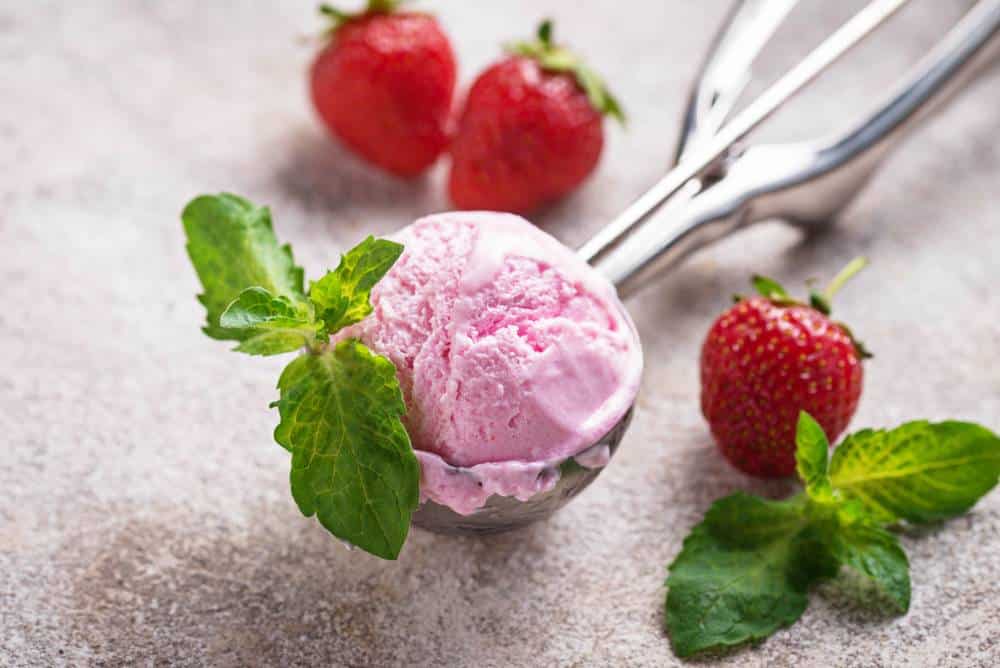Anyone who has diabetes would be familiar with the various terminology around navigating how to eat, but a lot of us are left scratching our heads over which ranking system is the right one to base our choices on. Two of the most pertinent frames of reference are glycemic index and glycemic load – both of which measure carbohydrates, but with marked differences.
Glycemic Index:
The Glycemic Index (GI) scale indicates how quickly a carbohydrate digests and gets released as glucose into the bloodstream – measurable by our blood sugar, and how drastically it rises. The numeric scale from 0-100 grades this effect, and it is noted that cooked and processed foods generally sit at the top of the ladder, with high fat and high fibre foods at the bottom. Whilst it is preferable to eat mainly low GI foods, the limitation of this scale is that it only measures the effect of the carbohydrate on raising blood sugar levels – it fails to address a standard serving size of carbohydrates – thus making it an inaccurate measure of the real impact that a particular food will have on blood sugar levels.
It is limited to assessing whether food has readily available carbohydrates which can be absorbed quickly. A good example is a carrot. With a GI ranking of 71, it would seem that this humble root vegetable could raise blood sugar markedly, however, because of their water and fibre content, the actual impact that a carrot has on blood sugar is minimal – hence the very low Glycemic Load ranking of 3. In this case, if we were to use GI to influence our food choices, a whole host of health benefits could be lost – carrots are a dynamic source of anti-oxidants and minerals, and contain the potent anti-cancer substance – alpha-carotene.
Glycemic Load:
Many doctors and dieticians feel that the Glycemic Load (GL) ranking system, is a much better yardstick by which to determine how a food will affect blood sugar and sugar reducing hormone levels. In comparison, the GL indicator is a measure of the number of carbohydrates in a serving of food, making it a stronger predictor of what will happen to blood sugar. Foods which are ranked at less than 10 are considered low GL, whereas those with a value higher than 20 are considered to be high GL. The limitation of this ranking system is that eating a diet of exclusively low GL foods does not necessarily represent a nutrient-dense nutrition plan. Healthy, low-GI carbohydrates do form a big portion of low-GL foods, but so do other foods which are very high in protein or unhealthy fats. It is agreed, however, that being aware of the GL of a food is a better indicator of whether the food will make blood sugar ‘spike’ which is where the danger for a diabetes patient lies – when the body has to release extra sugar reducing hormone to bring down blood sugar, which on a regular basis, is what leads to resistance of sugar reducing hormone in the first place.
Which ranking system should I use?
Used together, both ranking systems represent effective ways to select appropriate foods. If the GI system is used as it was originally intended – to choose food in the lower GI food groups or categories, often the choice will represent a low GL food anyway. Of greater note is the glycemic response – which measures the magnitude and duration of the elevation in blood glucose concentration after eating. Interestingly, when using this system we can determine that it is healthier to eat an apple than a potato. Why? Because although both contain a similar number of carbohydrates, the glycemic index of a potato is almost double that of an apple, and the glycemic response will result in both a higher blood glucose concentration and an elevation that lasts much longer.
Because these systems are so technical, it is useful to bring it all back to basics and consider this – when we are eating as close to nature as possible, eating ample good fats, plant-based protein, and healthy carbohydrates, we are naturally falling into line with low GI and low GL foods – producing a moderate glycemic response. The focus should be less on numbers, and more about feasting on nutrient-dense foods which allow us to operate with an abundance of vitality, energy and vigour. In addition to organically sourced vegetables and low-sugar fruits such as berries or green apples, high-fat foods such as nuts and seeds and high-fibre grains such as brown rice, bulgur and quinoa are the most powerful regulators against diabetes, promoting overall good health and wellness.
By following the 80/20 rule – 80% raw plant-based foods, and 20% cooked – we are able to enhance the bioavailability of the nutrients that we consume, which is the optimum precedence for creating a balanced diet. The added benefit of eating this way is a sharp reduction in inflammatory triggers, such as gluten and dairy.
- Most non starchy vegetable 15
- Peanuts 15
- Low-fat yogurt, no sugar 15
- Tomatoes 15
- Cherries 22
- Peas 22
- Plum 24
- Grapefruit 25
- Pearled barley 25
- Peach 28
- Can peaches, natural juice 30
- Soy milk 30
- Baby lima beans 32
- Fat-fee milk 32
- Low-fat yogurt, with sugar 33
- Apple 36
- Pear 36
- Whole wheat spaghetti 37
- Tomato soup 38
- Carrots, cooked 39
- Apple juice 41
- All-Bran 42
- Canned chickpeas 42
- Custard 43
- Grapes 43
- Orange 43
- Canned lentil soup 44
- Macaroni 45
- Pineapple juice 46
- Banana bread 47
- Long-grain rice 47
- Bulgur 48
- Canned baked beans 48
- Grapefruit juice 48
- Green peas 48
- Oat bran bread 48
- Old-fashioned porridge 49
- Canned kidney beans 52
- Kiwifruit 52
- Orange juice 52
- Banana 53
- Potato chips 54
- Special K 54
- Sweet potato 54
- Brown Rice 54
- Linguine 55
- Oatmeal cookies 55
- Popcorn 55
- Sweet corn 55
- Muesli 5
- White rice 56
- Pita bread 57
- Blueberry muffin 59
- Bran muffin 60
- Hamburger bun 61
- Ice cream 61
- Canned apricots, light syrup 64
- Macaroni and cheese 64
- Raisins 64
- Couscous 65
- Quick-cooking porridge 65
- Rye crisp-bread 65
- Table sugar (sucrose) 65
- Instant porridge 66
- Pineapple 66
- Taco shells 68
- Whole wheat bread 68
- Bagel 72
- Corn chips 72
- Watermelon 72
- Honey 73
- Mashed potatoes 73
- Cheerios 74
- Puffed wheat 74
- Doughnuts 75
- French fries 76
- Vanilla wafers 77
- White bread 79
- Jelly beans 80
- Pretzels 81
- Rice cakes 82
- Mashed potatoes, instant 83
- Cornflakes 84
- Baked potato 85
- Rice, instant 91
- French bread 95
- Parsnips 97
- Dates 100
If you have problems with diabetes, we welcome you to our diabetes treatment center.







